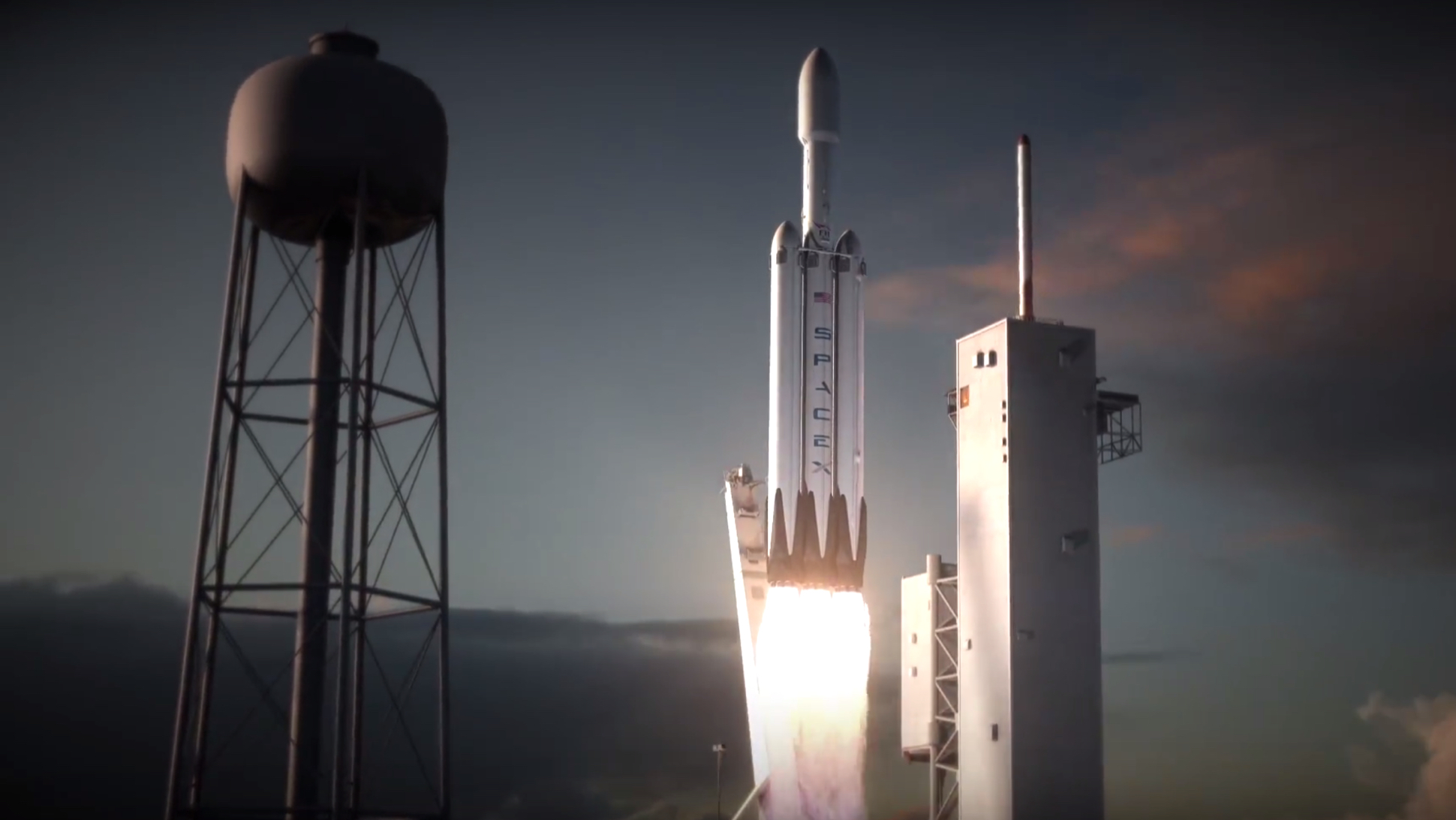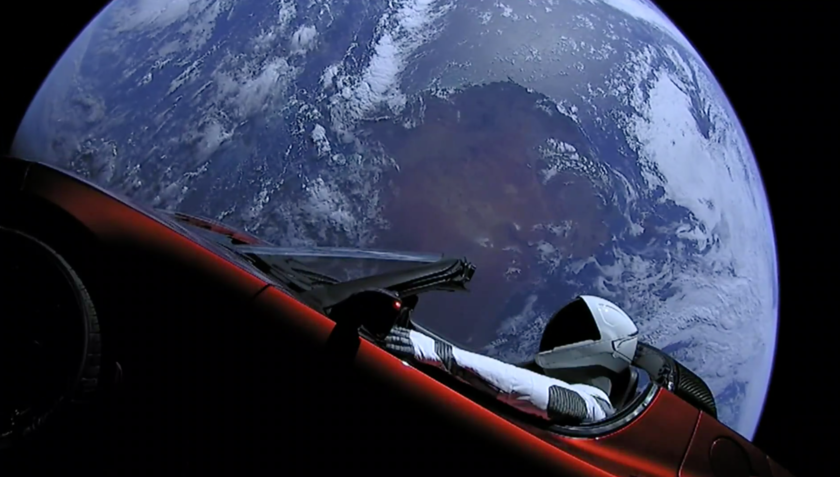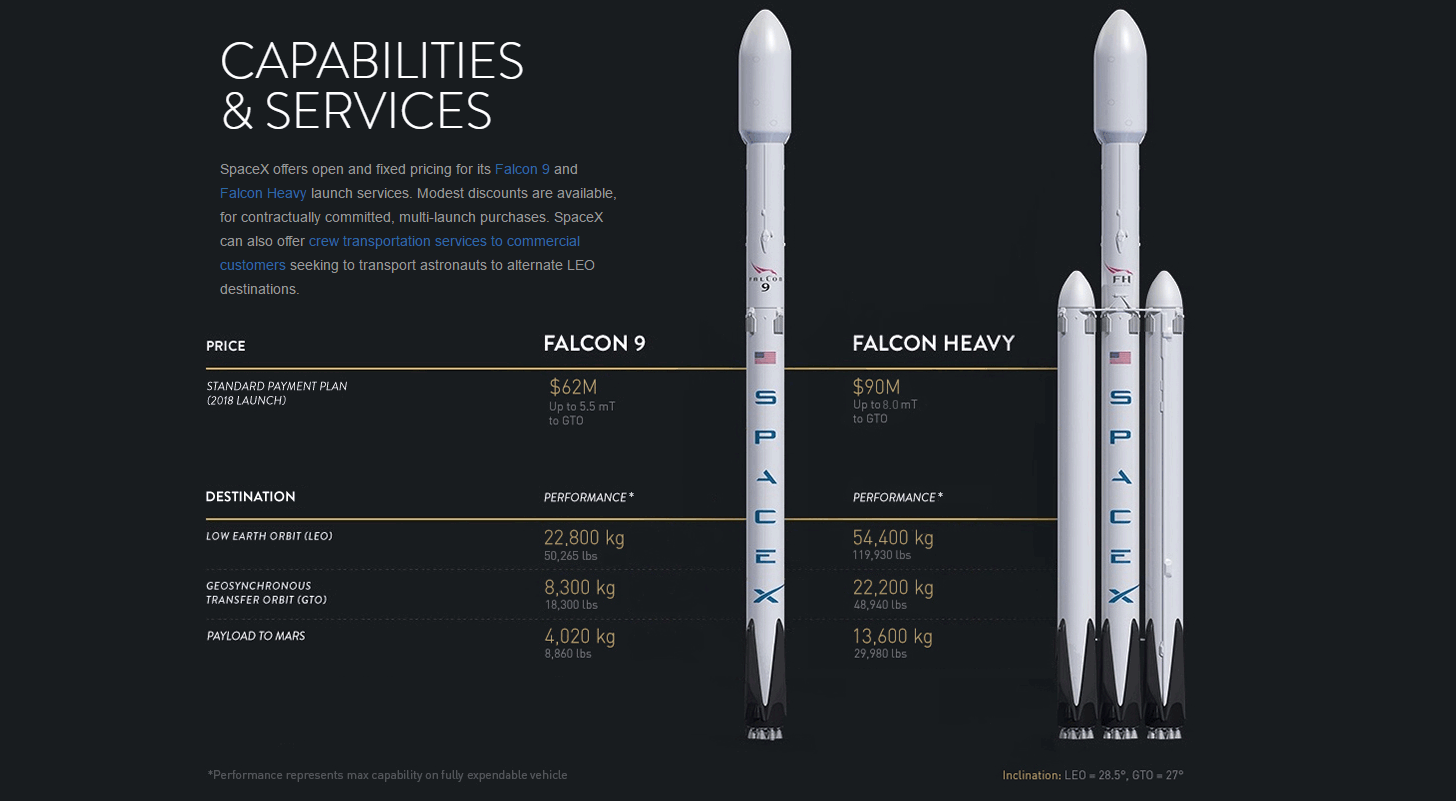Elon Musk sends Tesla car to Space in Style!
The most inspiring entrepreneur of the 21st century has moved one step close to his dream. Yes! Tesla car is now in Space. Musk founded SpaceX (Space Exploration Technologies) in 2002 in order to develop and manufacture space launch vehicles. Musk has stated that the goals of SolarCity, Tesla, and SpaceX revolve around his vision to change the world and humanity.

Do you have similar website/ Product?
Show in this page just for only
$2 (for a month)

0/60
0/180
Elon Musk sends Tesla car to Space in Style!





The most inspiring entrepreneur of the 21st century has moved one step close to his dream. Yes! Tesla car is now in Space.
Musk founded SpaceX (Space Exploration Technologies) in 2002 in order to develop and manufacture space launch vehicles. Musk has stated that the goals of SolarCity, Tesla, and SpaceX revolve around his vision to change the world and humanity. Over the decade, Musk was able to carve out a brand identity amidst the Silicon Valley technocrats like Bill Gates and Steve Jobs, and successfully built the largest technology empires through his vision. He is a man who wants to take humanity on mars, a man who wants the world to depend on renewable source of energy.

The Launch
A red Tesla car was launched into space on Tuesday by tech entrepreneur Elon Musk, with David Bowie?s song Life on Mars playing in the background. Musk's cherry red Tesla Roadster was piloted by a space-suited dummy named "Star Man". Thousands of people gathered in Florida to watch the launch. Musk used a super rocket ? the Falcon Heavy vehicle ? to send the car into orbit around Mars, deploying technology with twice the launching power of any existing rocket, and double that of the Saturn V, which launched the Apollo lunar missions.

The Tesla CEO had said that the take-off as a risky first attempt, saying the challenges of building the Roadster meant the chances of success might only be 50-50. However, the rocket successfully took off from the Kennedy Space Center at 3.45pm local time (8.45pm GMT).
Among the online spectators was British Astronaut Tim Peake, who described the mission as "simply awesome". Tim Peake congratulated the team via twitter, "a phenomenal technical achievement, and the dawn of a new era of space exploration".
About two and a half minutes after the launch, two of the three boosters on the rocket detached and landed upright, at the same time, at Cape Canaveral Air Force Station.
Musk later shared a picture of his Tesla car orbiting over Australia.

The Falcon Heavy Vehicle
Earlier this week, in a YouTube video to promote the launch, David Bowie?s song played as the Falcon Heavy was shown on the launch pad. The ad showed that during the launch, Falcon Heavy's three first-stage boosters ignite, powering up the booster toward space. The centre core separates later and lands on SpaceX's drone ship, named ?Of Course I Still Love You?.
The upper stage continues on, with the nose cone's protective fairing separating to reveal the Roadster ?Star Man?, sitting in the driver?s seat. The car will take at least six months to travel the 200 million miles to Mars.
Speaking to reporters ahead of the Cape Canaveral launch, Musk said: "It?ll be a really huge downer if it blows up. If something goes wrong, hopefully it goes wrong far into the mission so we at least learn as much as possible along the way. I would consider it a win if it just clears the pad and doesn?t blow the pad to smithereens. That?s four million pounds of TNT equivalent so there?s probably not going to be much left if that thing lets loose on the pad."

The Falcon Heavy consists of three of the company's Falcon 9 rockets joined together, each lending the super-rocket 27 Merlin engines. This means that it should be able to generate almost 23,000 kilo Newton?s of thrust - just over double that of the world's current most powerful rocket, the Delta IV Heavy, which is operated by US competitor United Launch Alliance.
What are the benefits of the Mission?
? The South African-born entrepreneur has promised "epic views" of space from cameras strapped to the vehicle. It is hoped the car will be thrown into an elliptical orbit that stretches out to Mars' orbit around the Sun; the rocket is designed to lift the equivalent weight of five double-decker London buses - 64 tons - into space.
? If this maiden voyage is successful, it raises interesting possibilities for future innovation, including larger US satellites and also the realization of Musk's dream to launch hundreds of satellites into space in order to give broadband internet access to the developing world.
? It also means space exploration could be hugely enhanced, with larger robots sent to Mars. Some could even visit outer planets such as Jupiter, Saturn and their moons.
? NASA is also developing a super-rocket, but Musk's rocket is much cheaper. Their Space Launch System is said to cost $1bn (£715m) per flight, while the entrepreneur claims his Falcon Heavy will cost just $90m (£64m) per flight.
? Musk estimates the Roadster will be in orbit for perhaps over a billion years with an "extremely tiny" chance it might someday hit Mars. If it succeeds, the launch system will become the most powerful rocket in the world.

Musk said, explaining that, ?Normally, when a new rocket is tested, they put something really boring on like a block of concrete or a chunk of steel or something, SpaceX wanted to use a dead weight that might get the public more excited. "The car is just the most fun thing we could think of."
CONTINUE READING
Technology
Future
International
Sandeep Semwal
Content Writer
